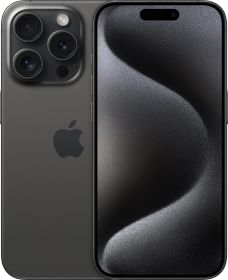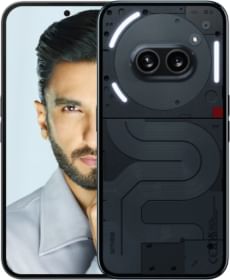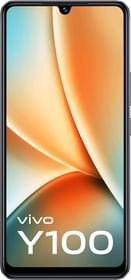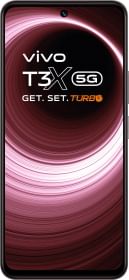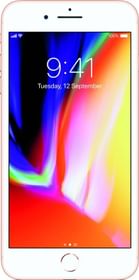Our Smartphones have come a really long way in an arguably short time. The pressure on manufacturers to keep this fresh and to innovate has been stupendous, and taking a trip down the memory lane, we notice that they erred on more than one occasion.
Here are 5 Smartphone innovations that just don’t click.
Projector Phones
The ever increasing appetite for bigger screens has lead manufacturers to try some rather drastic supplements – one of them being Projector equipped phones.

Now a teeny tiny modern smartphone barely has enough room for a fair size camera sensor, and even the thought of it accommodating a half-decent projector feels preposterous.
Nevertheless, time and again projector laden phones keeping popping up, a notable one being Samsung Galaxy Beam. More recently, Motorola presented a projector Mod for its Modular phones, and we don’t see why we would be buying it.
Self Healing Phones
When it comes to innovation, LG definitely deserves a mention. The bold consumer durable giant definitely has the resources, and has never been shy of going that extra mile to reinvent its smartphones. However, not all of its innovations have clicked. And we are not even talking about the recent modular debacle.

LG introduced self-healing back cover on the G Flex and later improved it with the G Flex 2. The phone could magically heal all minor scratches thanks to its self-healing Hydrogen atom coating on top. The feature, however, failed to live-up the marketing claims and the Flex phones didn’t prove to be case-less options in any possible way. The feature wasn’t continued in future flagships.
Also Read: The Modular Smartphone Concept Is On Its Way Out?
3D Displays (Not 3D Touch)
Phones with naked-eye 3D displays keep popping up time and again (HTC Evo 3D, LG Optimus 3D, Micromax Canvas 3D, Samsung SCH-B710, Infocus 550..to name a few). However, they are more often than not discarded as gimmicks. And for good reasons. The 3D displays don’t add much value to end user experience, primarily because of lack of 3D Content. Also, the experience just isn’t immersive enough owing to the display size and audio constraints.

A few Smartphone OEMs are still working on perfecting the naked eye 3D experience on a phone, but we won’t be keeping our fingers crossed.
Curved phones
We are all in for a curved 4K LED Television, for they facilitate more immersive video playback with a noticeably better depth of field and better-viewing angles. The curved smartphones, on the other hand, couldn’t justify their existence.

The race started with Samsung Galaxy Round and LG Flex that brandished horizontal and vertical curved screen, respectively. While LG claimed that the phone would fit better on your face contour and help improve call quality by bringing the Microphone in close proximity to your mouth, Samsung added a set of gimmicky software features that fired when the phone wobbled on the table. None of the implementations were convincing enough. LG stuck to its curved screen for a while, but eventually relinquished the reins.
Also Read: Top 5 Phones Under 10,000 In India (December 2016)
USB Type-C Audio/ Ditching 3.5mm Audio Jack
Unlike other things that we talked about, ditching the 3.5mm Jack is an ongoing menace. A few Android OEMs and Apple have already taken the plunge, and thus we are already in the middle of the transition phase (And just when we had about recover from USB Type-A to USB Type-C transitions).

Perhaps it’s about time. The Audio Jack has been shown the down for the not-so-compelling reasons and the aftermath feels very unsettling. Looks like we might have to endure a cumbersome ‘dongle-phase’ after all.













